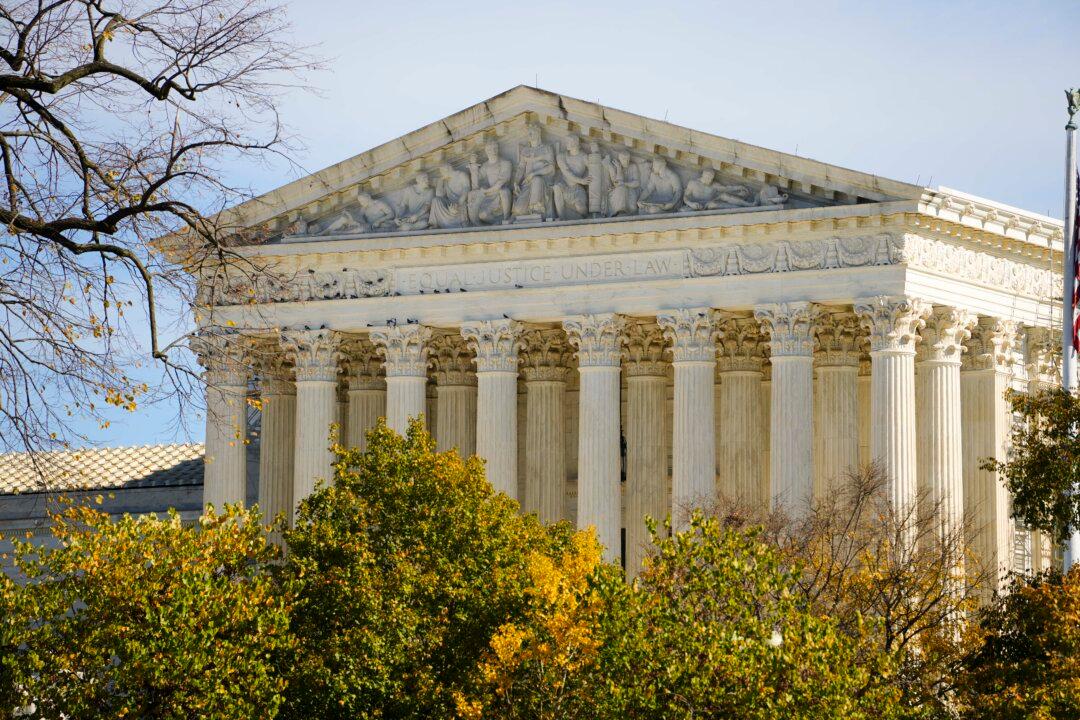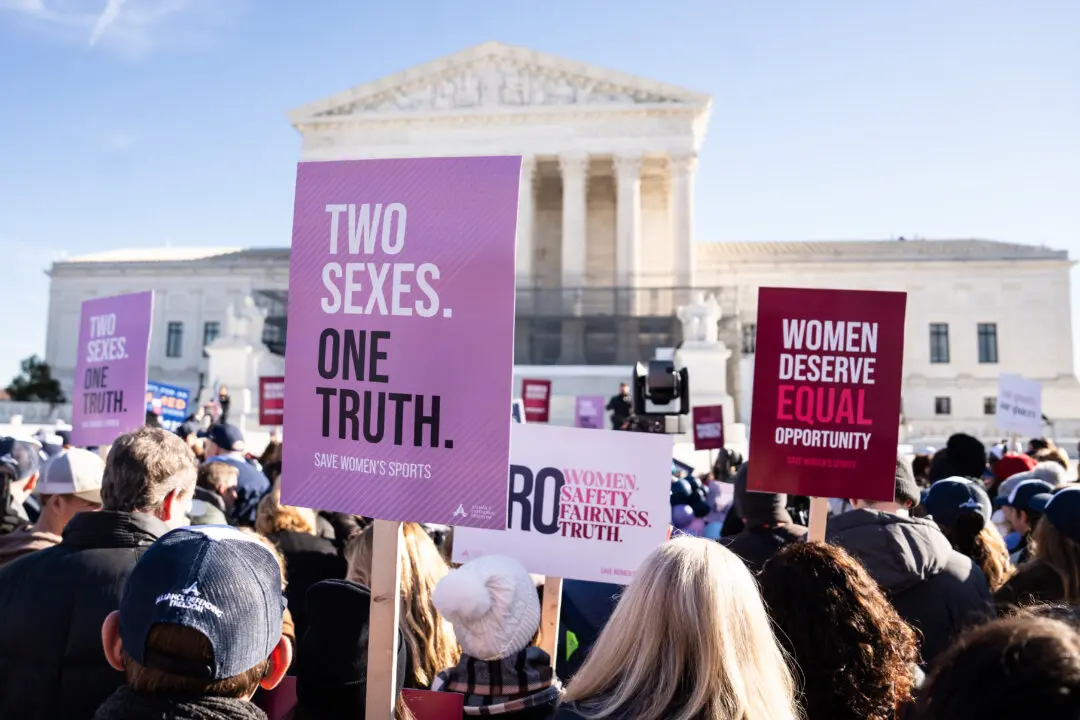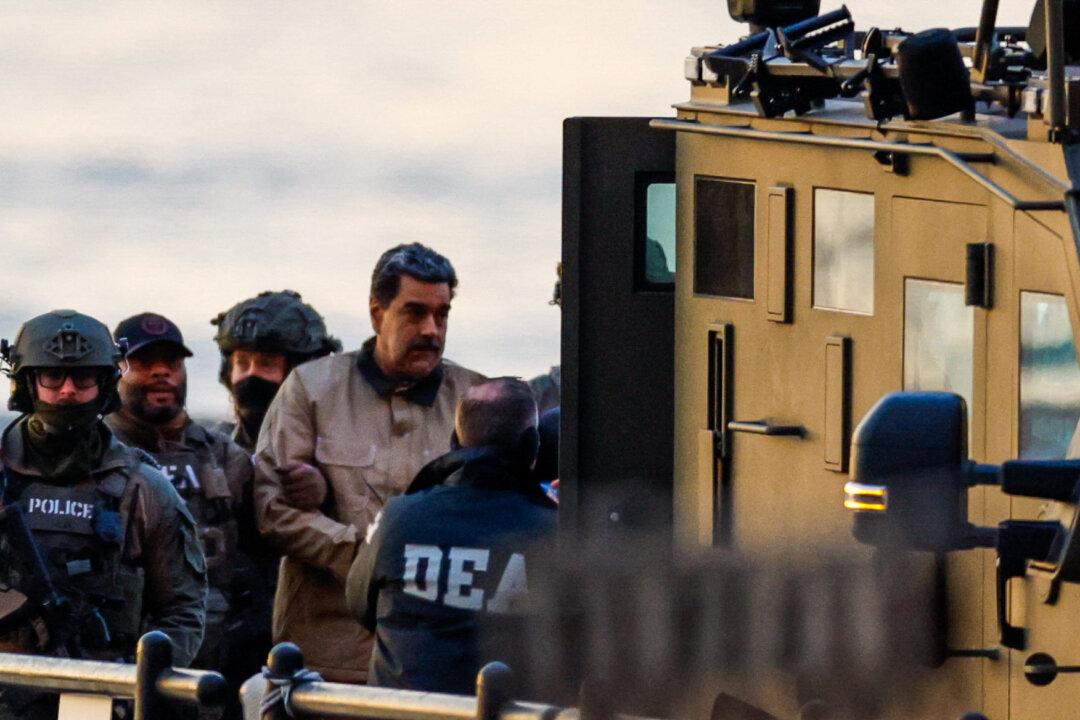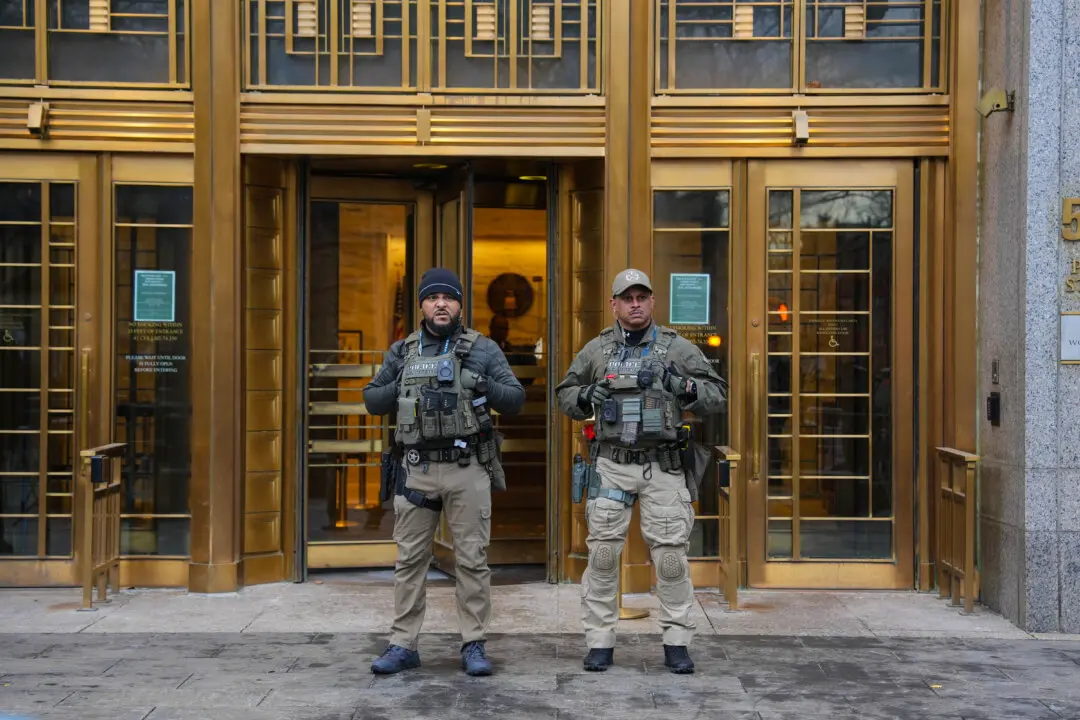The Supreme Court is set to hear oral arguments on Dec. 4 over a bankruptcy deal that releases members of the Sackler family, who led Purdue Pharma, from future civil liability related to OxyContin.
Harrington v. Purdue Pharma L.P. is years in the making and could alter precedent for how bankruptcy courts effectively shield third-party non-debtors from onerous litigation. Purdue filed for Chapter 11 bankruptcy in 2019, facing thousands of lawsuits seeking more than $40 trillion. It has already pleaded guilty to federal criminal charges related to the opioid’s marketing.





